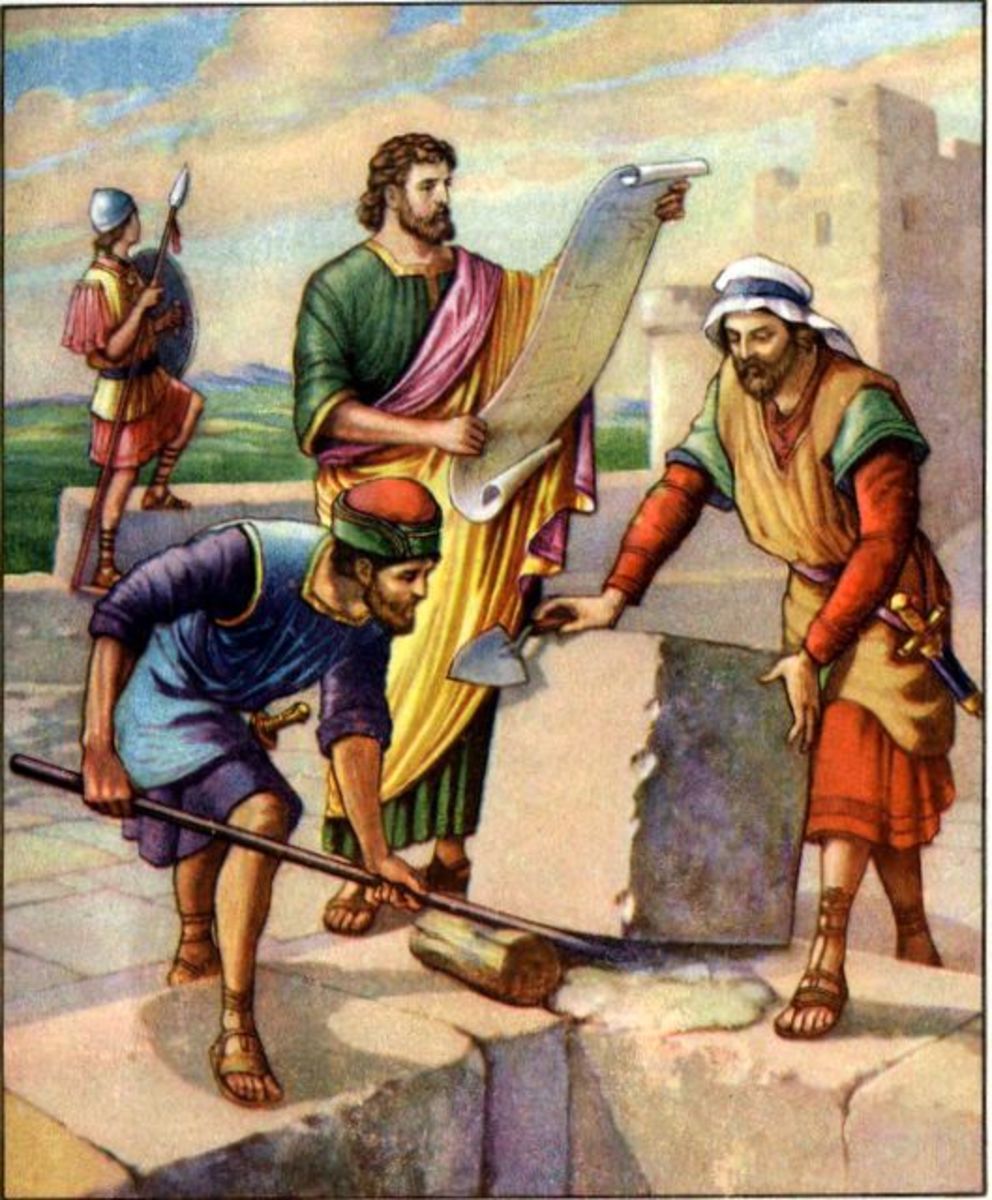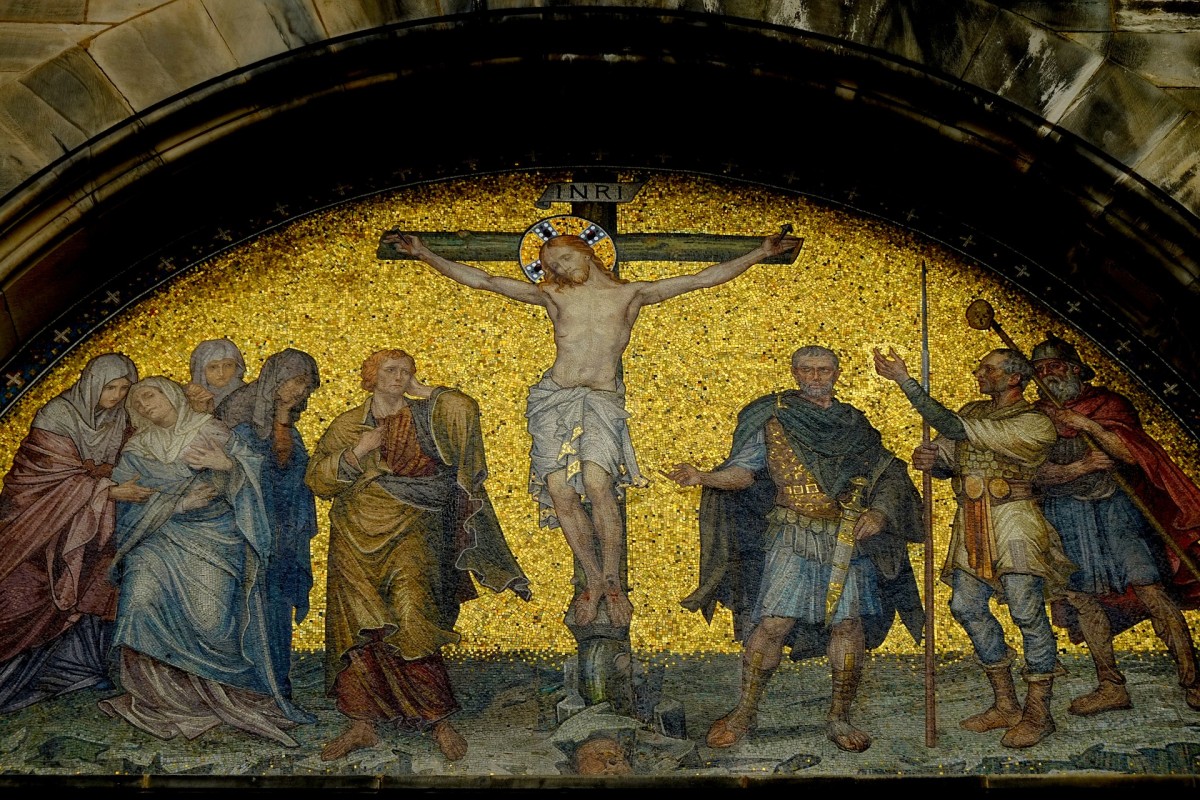John 3:1 Meet Nicodemus and an overview of the Sanhedrin, Pharisees, Sadducees, Essenes and Zealots

John 3:1 "Now there was a man of the Pharisees named Nicodemus, a member of the Jewish ruling council."
Nicodemus was a member of the Jewish ruling council. The Jewish court system was call the Sanhedrin and consisted of 23 judges ruling in each city throughout Israel. Living in Jerusalem as he did, Nicodemus would have been a member of the Great Sanhedrin. This would have been equivalent to our Supreme Court. It consisted of 71 members who held court in the temple every day except for festivals and the Sabbath.
Nicodemus was also a Pharisee, a strict follower of the Law. Now the law came to them from God through Moses, and was written in the five books of the Torah; Genesis, Exodus, Leviticus, Numbers and Deuteronomy. These are the same books at the beginning of our Old Testament today. Nicodemus was also careful to keep the Mishnah, or the oral law which God gave Moses. Along with all its interpretations, clarifications, applications and commentary which had been collected over the years. All this analysis was important for defining the oral laws in order to properly keep the commandments of the Torah. After all, they believed that God punished the wicked and rewarded the righteous so they better know what He expected. Later this would all be written down in the Talmud, but Nicodemus, like any good Pharisee, had it memorized. With their extensive knowledge of the Law, the Pharisees were the lawyers and scribes of the day. They were democratic and religious leaders and as the teachers of the law in the synagogues, they held the most influence over the people. The Pharisees also believed in resurrection from the dead and the existence of spirit beings, such as angels.
The Pharisees were not the only group of religious leaders at the time of Jesus. Another powerful sect was called the Sadducees. They were the priests and political leaders. Although not all priests were Sadducees, the High Priests generally were. It was their job to take care of the temple. Unlike the Pharisees, who were from the lower classes and adhered strictly to the Jewish laws, the Sadducees were all from the wealthy, upper class. They embraced the Hellenistic lifestyle that the Pharisees despised. They were elite and liberal, preferring not to follow the strict oral traditions of the Pharisees. They did however take the written Law very literally and did not believe in the resurrection of the dead or spirit beings as the Pharisees did. As a result the two groups did not get along very well.
The Essenes were a group of religious Jews who got tired of both the Pharisees and Sadducees. They felt that both groups had corrupted the city and the temple. In protest, they moved out of Jerusalem to the desert. Separating themselves, they lived as monks in a commune. Choosing personal poverty, they had everything in common. They followed strict dietary laws and celibacy, spending their time in study, worship, and work. They even had their own calendar which followed the solar year of 364 days instead of a lunar year, as the rest of the Jewish nation did with 354 days. The Essenes were a separate brotherhood living in peace and self-denial who took care of their own and anyone in need.
Finally, we must not forget the Zealots. They were possibly the earliest known terrorist group. They were aggressive and militant, radical and patriotic. They took it upon themselves to incite rebellion against the Roman Empire, believing that God is their only ruler. They felt that any means of gaining religious and political freedom was acceptable. The zealots did not even hesitate to eradicate Jews whom they felt were friendly with Rome.
Now that you have met Nicodemus, perhaps you would be interested in looking in on his meeting with Jesus at night.





